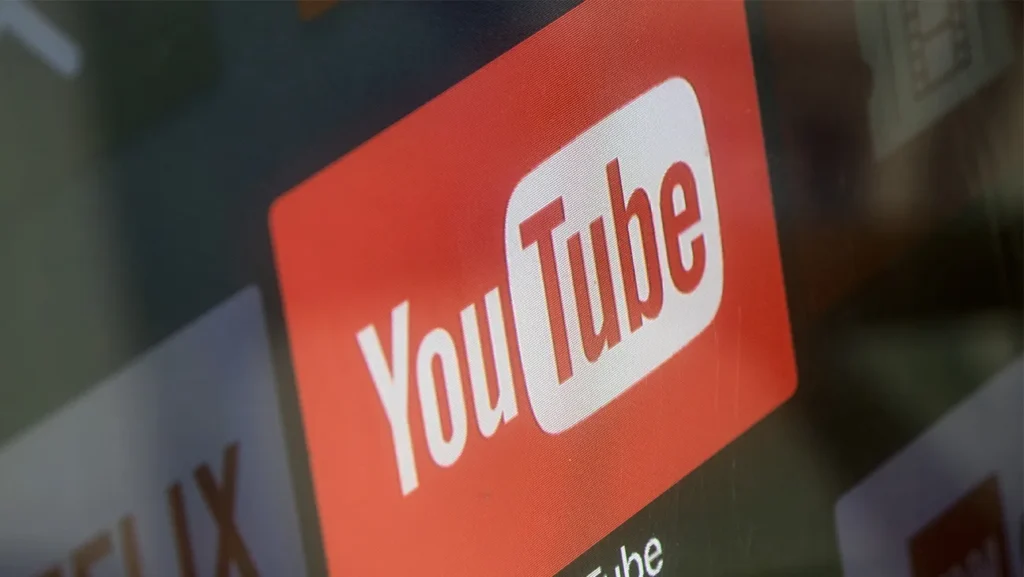Recently, YouTube users have been met with a frustrating surprise: many popular songs have disappeared from the platform, all thanks to a licensing dispute with SESAC, a major performance rights organization. If you’ve tried to listen to your favorite tunes by artists like Adele, Bob Dylan, or Green Day, only to find them unavailable, you’re not alone.

What’s Going On?
At the heart of the issue is an expired licensing agreement between YouTube and SESAC. The agreement, which allowed YouTube to host music represented by SESAC, ended without a renewal. As a result, YouTube had no choice but to remove a significant number of tracks—SESAC represents over 1.5 million songs—leaving users without access to some of their favorite content.
If you’ve come across an error message on YouTube or YouTube Music saying something like, “This content is unavailable due to licensing issues with SESAC,” that’s exactly why.
Impact on Users
For many of us, music is a big part of our daily routine. Whether it’s background tunes for work, a workout playlist, or simply relaxing at home, having easy access to music is essential. The sudden disappearance of so many popular songs has left users frustrated, with some turning to social media to vent their concerns.
Top-selling songs and major artists that SESAC represents are affected, and the removal has left gaps in playlists and favorites across the platform. Imagine going to listen to that new Adele track you love, only to find it’s been wiped off your playlist!
What’s Next?
The good news is that YouTube has acknowledged the situation and claims to be in “active conversations” with SESAC. The platform has emphasized that they’re committed to reaching a new deal soon, so we can all get back to enjoying our favorite music. However, they haven’t provided a timeline, so we might be stuck without some of these songs for a little while longer.
This situation also brings up broader questions about the complexities of music licensing. In the digital age, platforms like YouTube rely heavily on licensing agreements to offer content legally. When these deals fall through, it’s the users who suffer.
Public Reaction
Unsurprisingly, social media has been buzzing with reactions. Some users are sympathetic, understanding the legal complexities, while others are angry about the sudden lack of access to music they love. Licensing disputes like this one highlight how dependent we are on these behind-the-scenes agreements—and how frustrating it can be when they go wrong.
For now, we can only hope that YouTube and SESAC come to an agreement soon. Until then, many of us will have to find temporary alternatives for those songs that have vanished from our playlists.
Stay tuned for updates—fingers crossed that our favorite tracks will be back online before we know it!